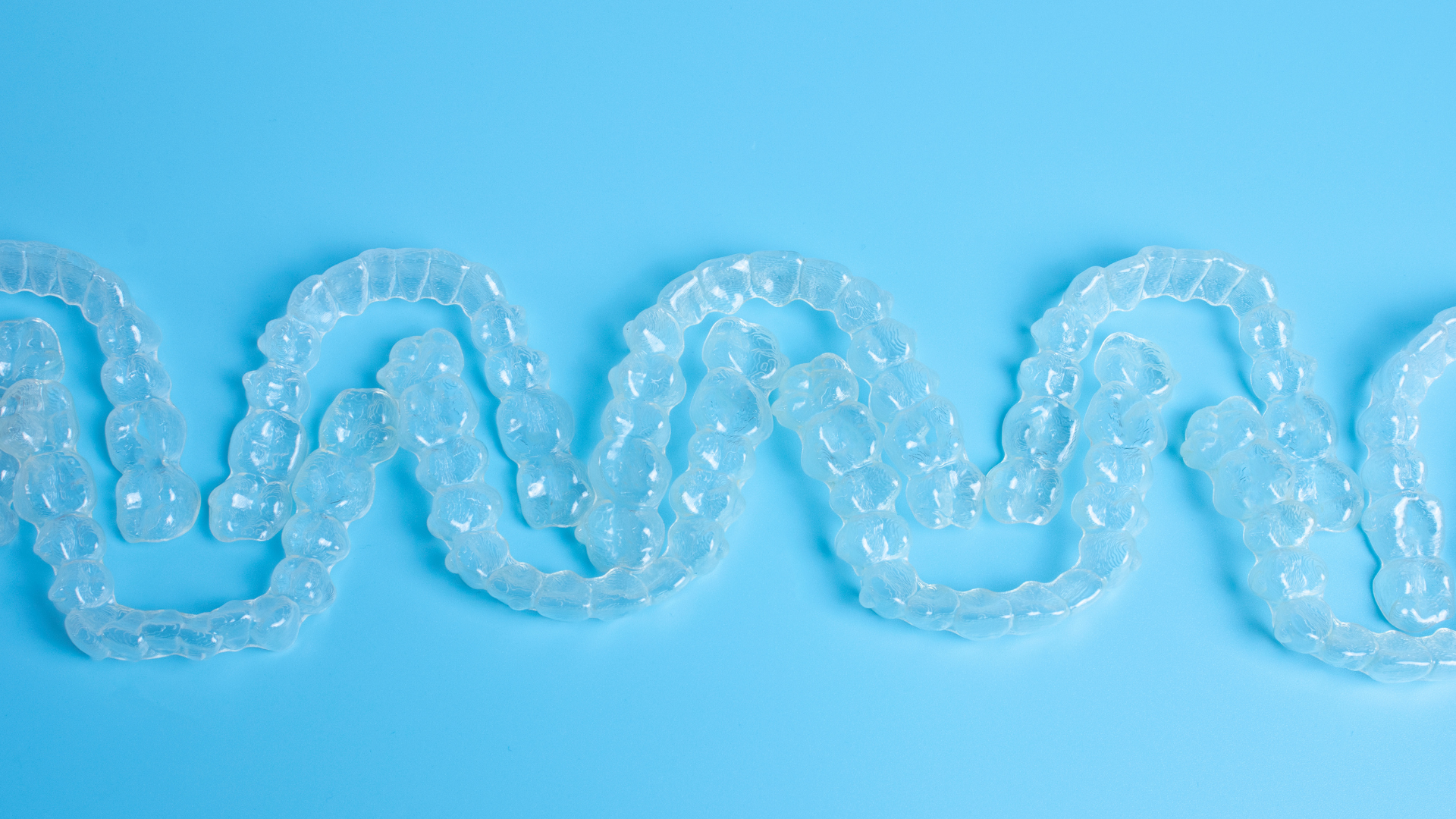The Process of Getting Veneers: What to Expect
Transforming Your Smile with Dental Veneers
Dental veneers are a popular cosmetic dentistry solution designed to enhance the appearance of your teeth by addressing issues such as discoloration, chips, gaps, or misalignment. These thin, custom-made shells are bonded to the front surface of your teeth, offering a natural and attractive smile. Understanding the step-by-step process of obtaining veneers can help you make informed decisions and set realistic expectations for your smile transformation
Step 1: Initial Consultation and Evaluation
Your journey begins with a comprehensive consultation with a qualified dentist or prosthodontist. During this appointment, the dental professional will assess your oral health, discuss your aesthetic goals, and determine if veneers are the appropriate solution for you. This evaluation may include X-rays or digital impressions to gain a detailed understanding of your teeth's structure. It's essential to address any underlying dental issues, such as cavities or gum disease, before proceeding with veneers to ensure a healthy foundation for your new smile.
Step 2: Customized Treatment Planning
Once you've been deemed a suitable candidate for veneers, the next step involves creating a personalized treatment plan. Your dentist will collaborate with you to select the appropriate shade, shape, and size of the veneers to achieve a natural and harmonious look. This planning phase is crucial, as it ensures that the final result aligns with your expectations and complements your facial features. Advanced imaging technology may be used to provide a preview of your anticipated smile, allowing for adjustments before the actual procedure
Step 3: Tooth Preparation
Preparing your teeth for veneers typically involves the removal of a small amount of enamel from the front surface of the teeth—usually about half a millimeter. This process creates space for the veneers and ensures a seamless fit. In some cases, local anesthesia may be administered to minimize discomfort, although many patients find the procedure to be relatively painless. It's important to note that enamel removal is irreversible, making veneers a permanent cosmetic solution.
Step 4: Taking Impressions and Fabrication
After tooth preparation, your dentist will take precise impressions of your teeth, which serve as a blueprint for crafting your custom veneers. These impressions are sent to a dental laboratory where skilled technicians fabricate the veneers, a process that typically takes one to two weeks. During this waiting period, your dentist may place temporary veneers to protect your prepared teeth and maintain aesthetics.
Step 5: Fitting and Adjustments
Once your custom veneers are ready, you'll return to the dental office for a fitting session. Your dentist will place the veneers on your teeth to assess their fit, color, and overall appearance. It's common to make minor adjustments at this stage to ensure optimal comfort and aesthetics. Your feedback is invaluable during this process, as it helps achieve a result that meets your satisfaction.
Step 6: Bonding the Veneers
After confirming the fit and appearance, your dentist will proceed with bonding the veneers to your teeth. The teeth are thoroughly cleaned, polished, and etched to create a suitable surface for adhesion. A special dental cement is applied to the veneer, which is then carefully positioned on the tooth. A curing light is used to harden the cement quickly, securing the veneer in place. Any excess cement is removed, and final adjustments are made as needed.
Step 7: Post-Procedure Care and Sensitivity
It's normal to experience some sensitivity to hot and cold temperatures after the veneer placement, as the enamel removal can affect the tooth's response to stimuli. This sensitivity typically subsides within a few days to a week. Over-the-counter pain relievers can help manage any discomfort. Maintaining good oral hygiene practices and avoiding excessively hard or sticky foods can aid in the adjustment period and prolong the lifespan of your veneers.
Step 8: Follow-Up Appointments
Your dentist will likely schedule follow-up appointments to monitor your veneers and ensure they are functioning correctly. These visits provide an opportunity to address any concerns, make further adjustments if necessary, and receive professional cleanings to maintain oral health. Regular dental check-ups are essential to preserve both your veneers and overall dental well-being.
Step 9: Long-Term Maintenance and Care
With proper care, dental veneers can last between 10 and 15 years. To maximize their longevity, practice diligent oral hygiene by brushing twice daily with a non-abrasive toothpaste and flossing regularly. Avoid using your teeth as tools or biting into extremely hard objects, as this can damage the veneers. Wearing a mouthguard during sports or if you grind your teeth at night can also protect your veneers from unnecessary stress.
Step 10: Understanding Potential Risks and Considerations
While veneers offer a significant aesthetic improvement, it's important to be aware of potential risks. The procedure is irreversible due to enamel removal, and veneers may need replacement over time due to wear or damage. In rare cases, veneers can detach, requiring re-bonding or replacement. Discussing these considerations with your dentist can help you make an informed decision and prepare for any future maintenance.
Embracing Your New Smile
Embarking on the process of getting dental veneers is a transformative journey that can significantly enhance your smile and boost your confidence. By understanding each step—from initial consultation to long-term care—you can approach the procedure with confidence and realistic expectations. Partnering with a skilled dental professional ensures that your veneers.
If you have any questions or would like to schedule a consultation to explore how veneers can enhance your smile, please don't hesitate to contact us.





